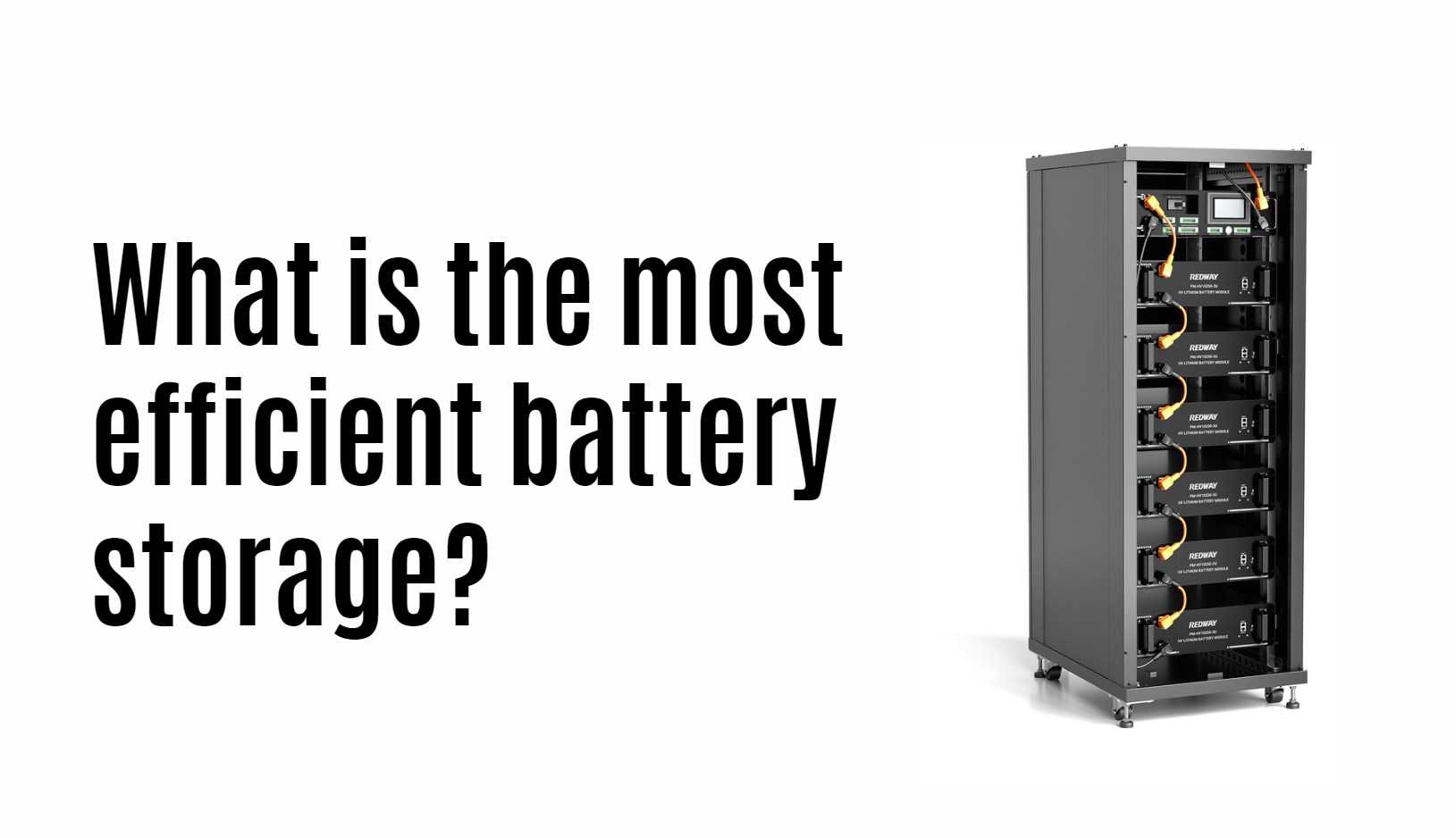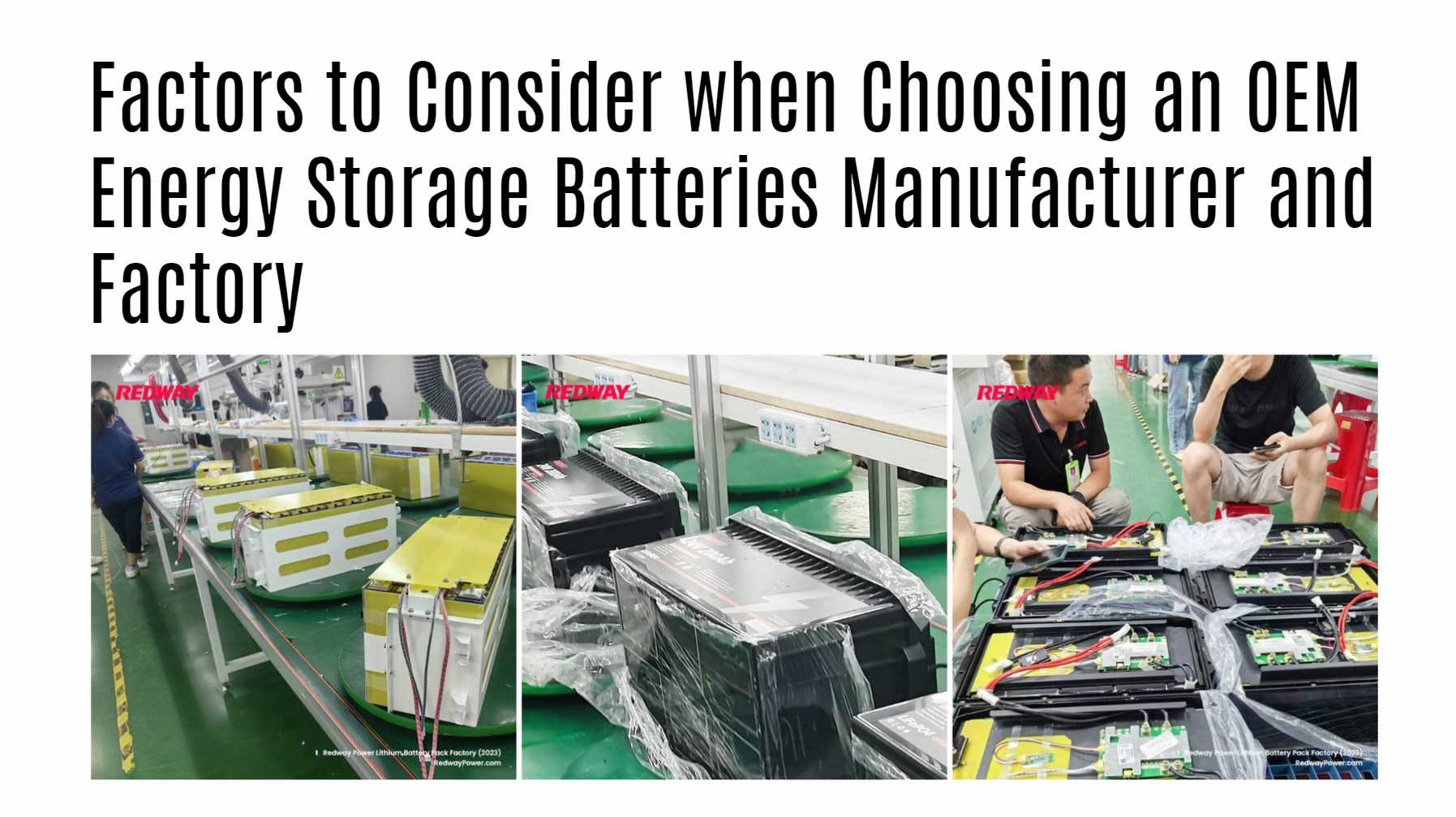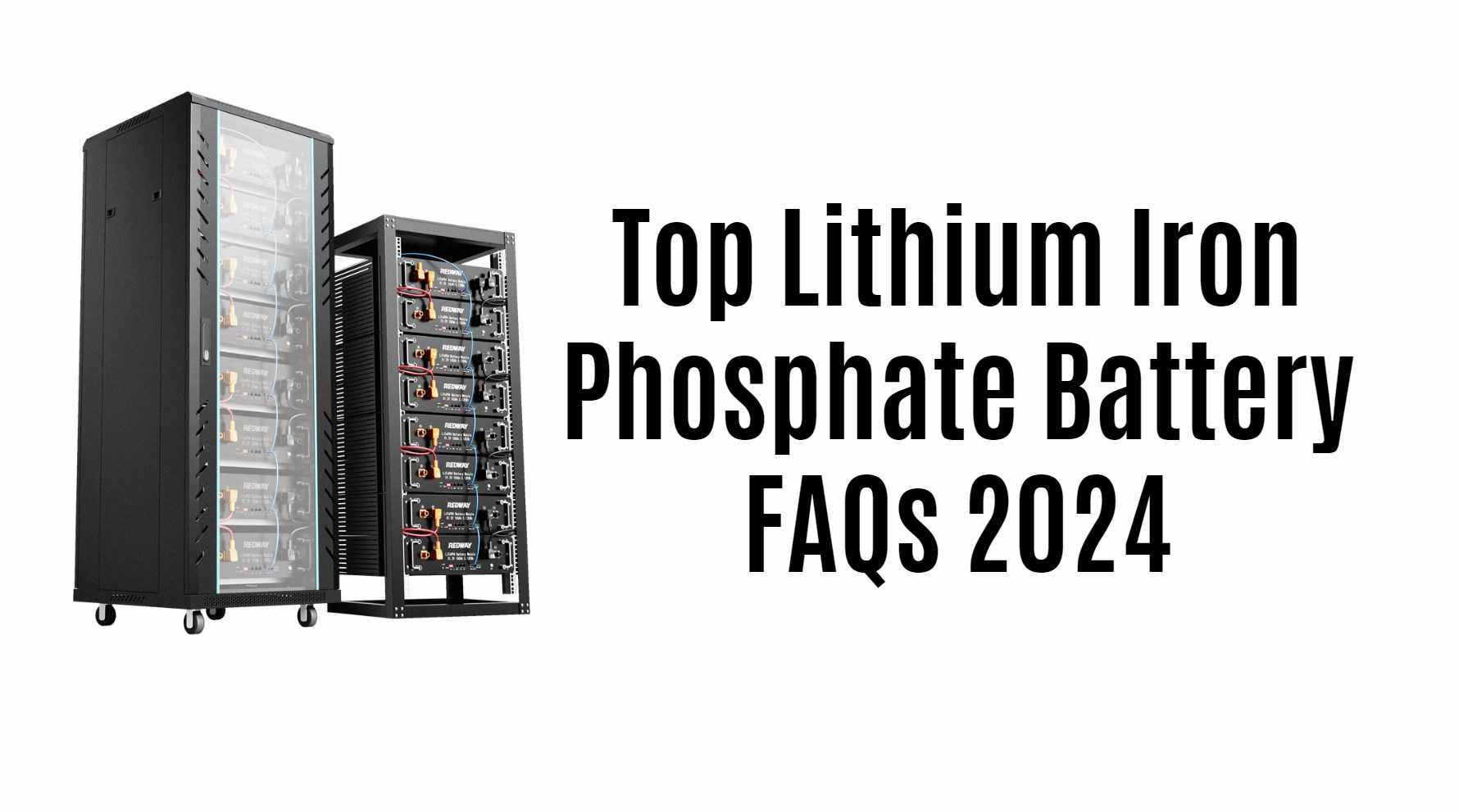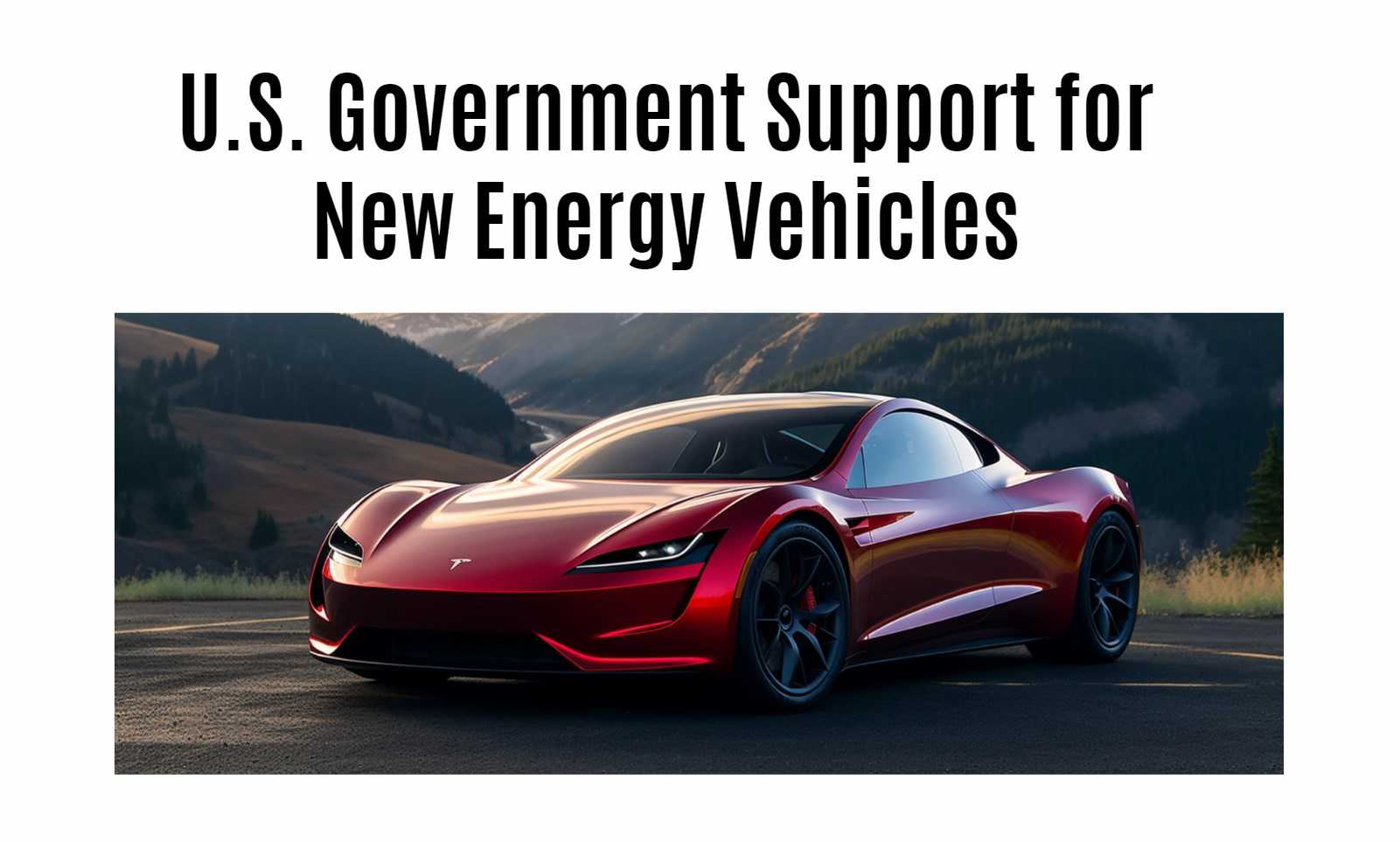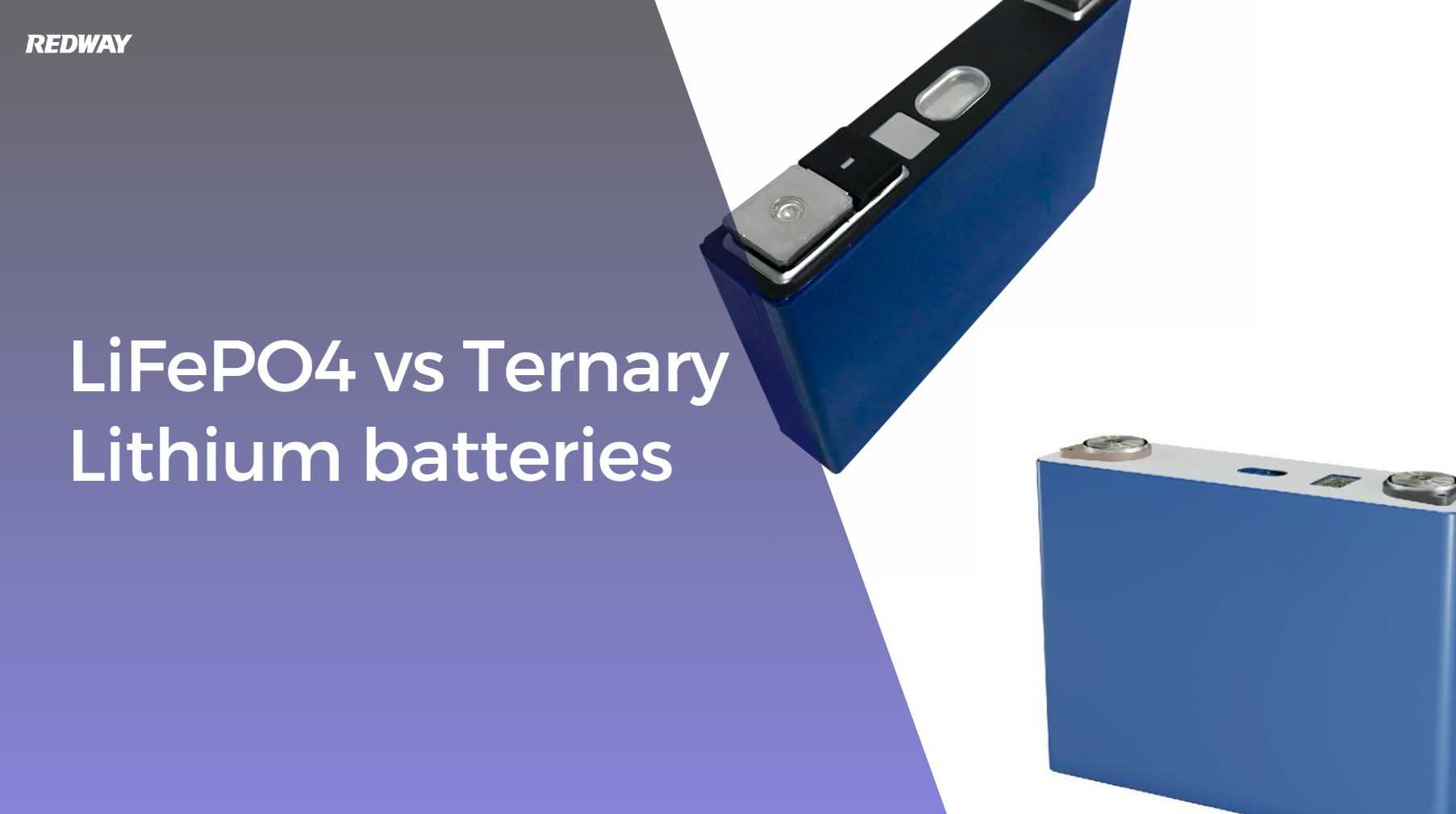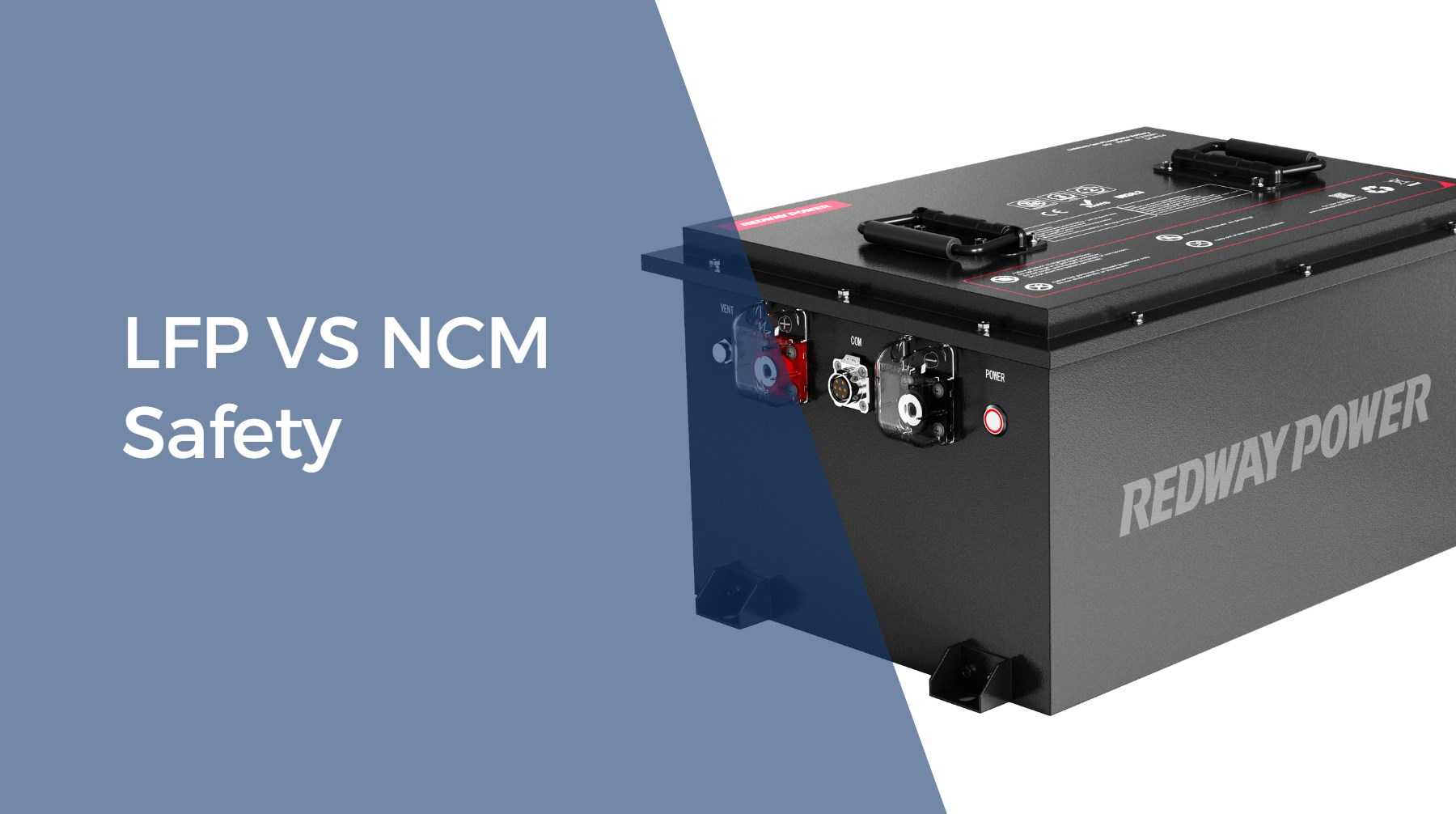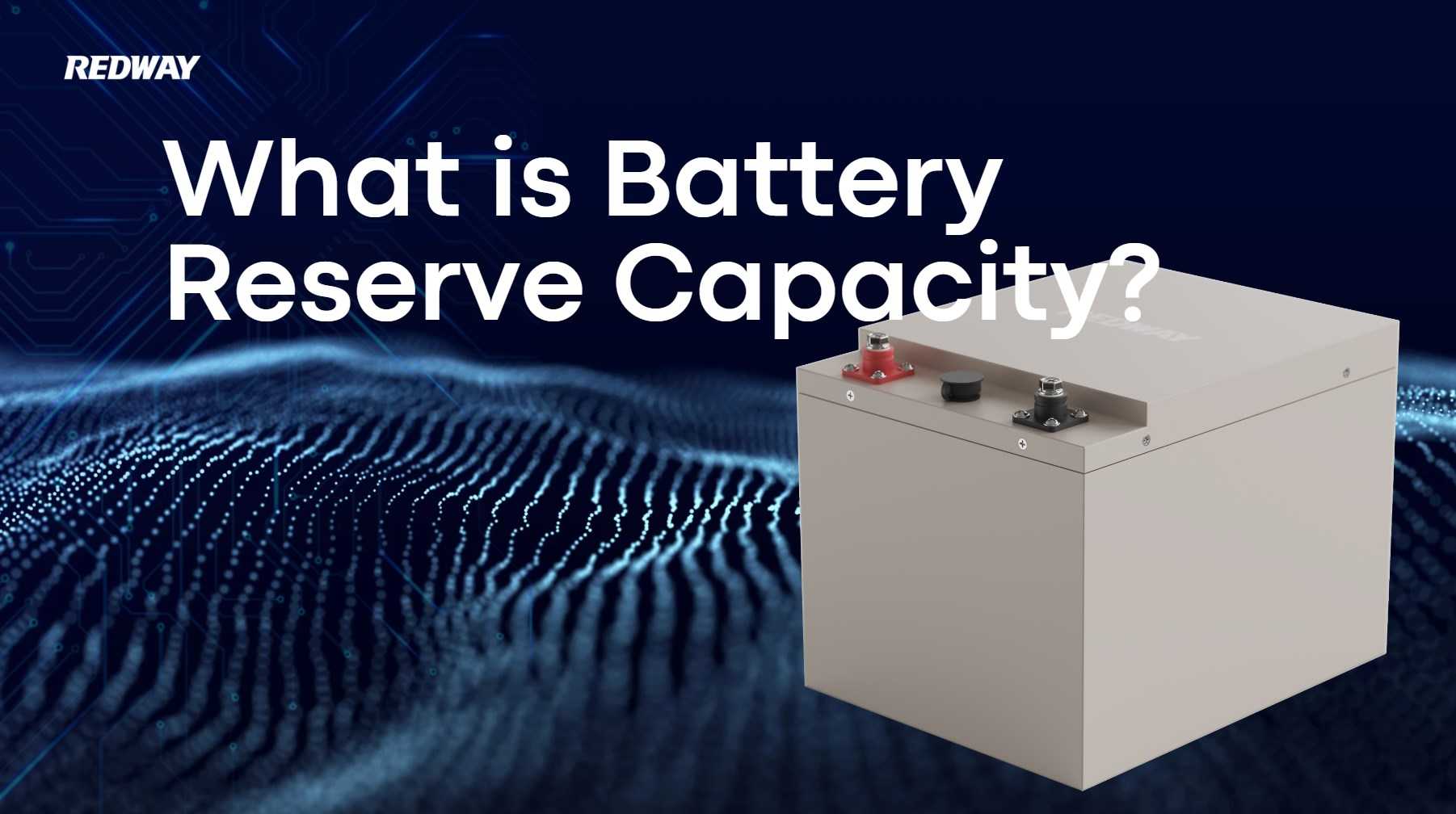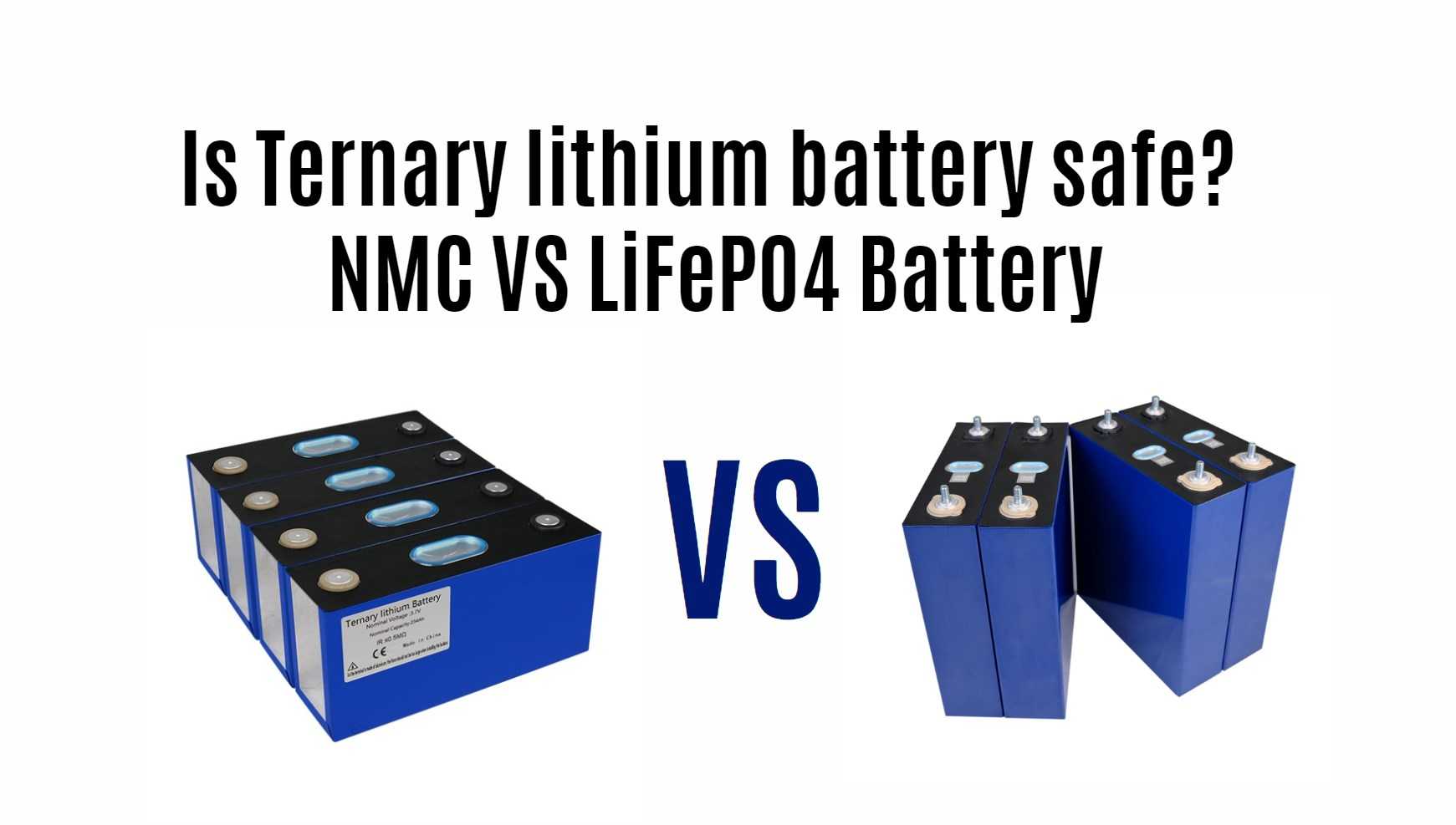What is the most efficient battery storage?
In today’s world, where energy efficiency and sustainability are paramount, choosing the right battery storage solution is crucial for both residential and commercial applications. With advancements in technology, various types of batteries have emerged, each offering unique benefits. This article will explore the most efficient battery storage options available, focusing on their characteristics, advantages, and applications.
1. Understanding Battery Storage Efficiency
1.1 What Does Battery Storage Efficiency Mean?
Battery storage efficiency refers to the ability of a battery to store and release energy effectively. It is typically measured in terms of:
- Round-Trip Efficiency: The ratio of energy output to energy input during charging and discharging cycles. A higher percentage indicates better efficiency.
- Energy Density: The amount of energy stored per unit volume or weight, which affects how much energy can be stored in a given space.
1.2 Importance of Efficiency in Battery Storage
Choosing an efficient battery storage solution is vital for:
- Cost Savings: Higher efficiency reduces energy loss, leading to lower operational costs.
- Sustainability: Efficient batteries contribute to reduced carbon footprints by maximizing renewable energy utilization.
2. Types of Efficient Battery Storage Solutions
2.1 Lithium-Ion Batteries
2.1.1 Overview
Lithium-ion batteries are widely regarded as one of the most efficient battery storage solutions available today. They are commonly used in various applications, including electric vehicles (EVs), renewable energy systems, and portable electronics.
2.1.2 Key Features
- High Energy Density: Lithium-ion batteries offer an energy density of about 150-250 Wh/kg, allowing for more energy storage in a smaller footprint.
- Round-Trip Efficiency: Typically around 90-95%, lithium-ion batteries minimize energy loss during charging and discharging.
2.2 Lithium Iron Phosphate (LiFePO4)
2.2.1 Overview
Lithium Iron Phosphate (LiFePO4) batteries are a subset of lithium-ion technology known for their safety and longevity.
2.2.2 Key Features
- Safety: LiFePO4 batteries are less prone to overheating and thermal runaway.
- Cycle Life: They typically offer a cycle life of over 2000 cycles, making them suitable for long-term applications.
- Round-Trip Efficiency: Similar to standard lithium-ion batteries, LiFePO4 batteries achieve efficiencies around 90-95%.
2.3 Flow Batteries
2.3.1 Overview
Flow batteries are an emerging technology that offers unique advantages for large-scale energy storage applications.
2.3.2 Key Features
- Scalability: Flow batteries can be easily scaled up by increasing the size of the storage tanks.
- Longevity: They can last over 10,000 cycles, making them ideal for stationary applications like grid storage.
- Round-Trip Efficiency: Generally between 70-85%, flow batteries may not be as efficient as lithium-ion options but offer other significant benefits.
3. Applications of Efficient Battery Storage Solutions
3.1 Residential Energy Storage
Efficient battery storage solutions are increasingly popular for residential applications:
- Homeowners use lithium-ion or LiFePO4 batteries to store solar energy generated during the day for use at night, enhancing energy independence.
3.2 Electric Vehicles (EVs)
The automotive industry heavily relies on lithium-ion technology:
- EV manufacturers prefer lithium-ion batteries due to their high efficiency and performance characteristics, providing longer ranges and faster charging times.
3.3 Grid Energy Storage
Utilities utilize large-scale battery systems to manage supply and demand:
- Flow batteries and lithium-ion systems help stabilize the grid by storing excess renewable energy during peak production times.
4. Comparing Battery Storage Solutions
| Battery Type | Energy Density (Wh/kg) | Round-Trip Efficiency (%) | Cycle Life (Cycles) | Applications |
|---|---|---|---|---|
| Lithium-Ion | 150 – 250 | 90 – 95 | 500 – 2000 | EVs, portable devices |
| Lithium Iron Phosphate | 90 – 160 | 90 – 95 | 2000+ | Solar storage, RVs |
| Flow Batteries | 20 – 40 | 70 – 85 | 10,000+ | Grid storage |
5. Latest Developments in Battery Technology
Recent advancements continue to enhance battery efficiency:
- Innovations such as solid-state batteries promise greater energy density and safety features.
- Research into recycling technologies aims to improve sustainability by recovering valuable materials from used batteries.
6. Frequently Asked Questions (FAQs)
6.1 What is the most efficient type of battery?
Lithium-ion batteries are generally considered the most efficient type due to their high energy density and round-trip efficiency.
6.2 How long do lithium batteries last?
Lithium-ion batteries typically last between 500 to 2000 cycles, while Lithium Iron Phosphate (LiFePO4) can exceed 2000 cycles with proper care.
6.3 Can flow batteries compete with lithium-ion technology?
While flow batteries offer long cycle life and scalability, they currently have lower energy density and efficiency compared to lithium-ion options.
7. Conclusion
In conclusion, when considering battery storage solutions, lithium-ion and Lithium Iron Phosphate (LiFePO4) batteries stand out as the most efficient options available today. Their high energy density, excellent round-trip efficiency, and longevity make them ideal choices for various applications, from residential solar systems to electric vehicles and grid storage solutions. As technology continues to evolve, these battery types will play an increasingly vital role in our transition toward sustainable energy solutions.At Redway Battery, we specialize in manufacturing high-quality Lithium LiFePO4 solutions tailored to meet diverse customer needs worldwide. With our extensive experience in this field, we provide custom solutions quickly for wholesale and OEM customers. For a quick quote or more information about our products, please contact us today!

